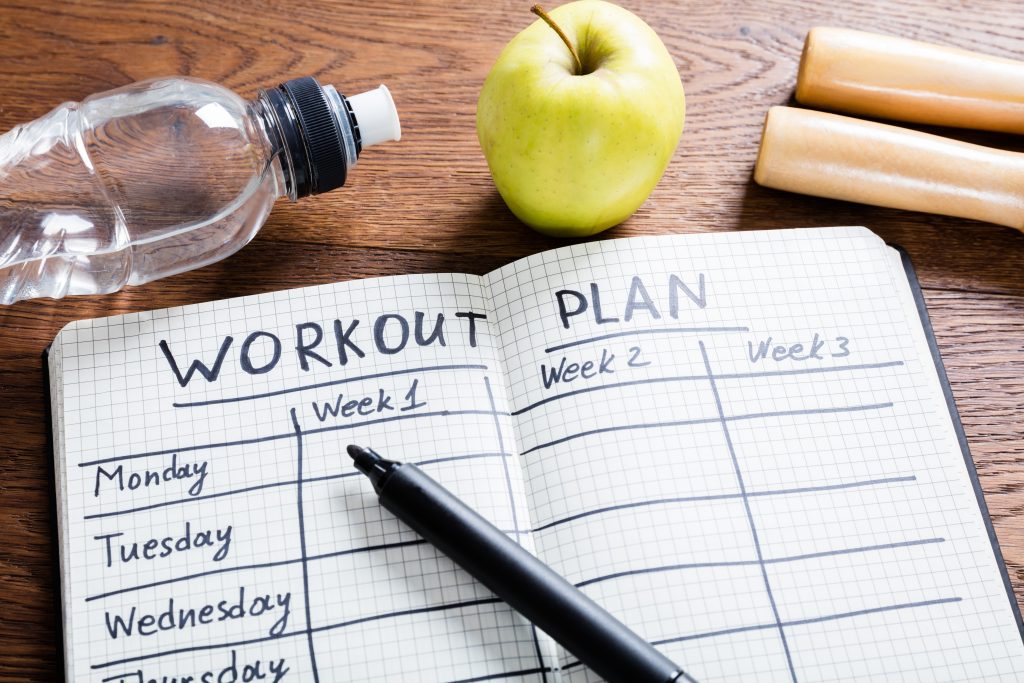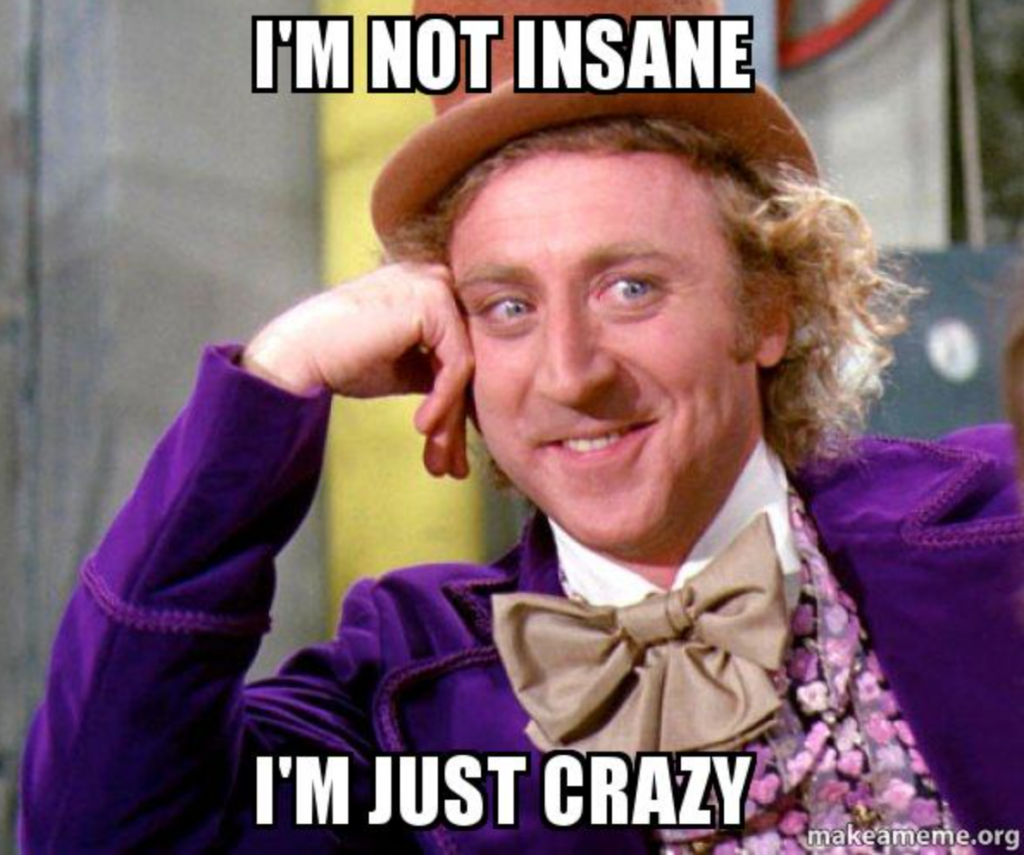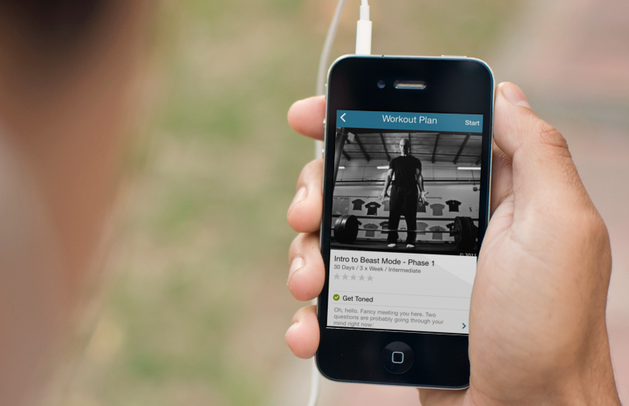Fitness is an individual endeavor.
Everyone has different goals, aspirations, pacing, expectations, and Spotify playlists that get them revved up to exercise.
Today’s guest post, written by Westchester, NY based personal trainer Elaine Studdert, highlights the concept of sustainable fitness and strategies people can use to attain it.
Enjoy!

10 Suggestions On the Quest For Sustainable Fitness
Sustainable
NOUN
- the ability to be maintained at a certain rate or level.
What is sustainable fitness?
Sustainable fitness is a mindset rather than a program. Having the right mindset is the difference between reaching your goals rather than continually chasing them. This is something you can practice for life, at any phase, at any age, at any fitness level.
Sustainable fitness is not a quick fix.
It’s not about getting results in six weeks.
It’s slow and steady versus a quick fix. It’s reasonable and maintainable over the long haul. It’s fitness you can stick to and get lasting results with.
It means working hard but working smart.
Taking this approach doesn’t mean you can’t have hardcore abs, get shredded, or ripped.
Quite the opposite, because if you stick to a plan the sustainable approach works. Any program that promises quick results is probably too good to be true.
Would most of us rather lose 40lbs in 40 days?
Absolutely! The problem with that is what happens after the 40 days? Programs making false promises can lead to burnout or injury.
If the program claims to be insane, it probably is.

Discovering what will work for you is a process, but worth the effort. The potential for achieving your goals grows exponentially once you figure it out.
Here are things to focus on while you search:
1. Consistency Is the Key to Finding Sustainable Fitness
If you attempt to keep up a pace that allows little time for anything else in your life it will be almost impossible to maintain.
Keep a schedule that is manageable with your lifestyle. And once you find it, do your best to stick to it.
2. Expect Ups, Downs, and Bumps In the Road Ahead
Don’t be derailed by an “off day” or a “missed workout.”
In the long run the trajectory will be on an upward trend if you stick to a consistent plan rather than a quick fix. This might sound boring but consistency is the way to success. If you miss a workout don’t try and make up for it and work extra hard next time.
Just move on!
3. Appreciate the Little Things
Take time to celebrate small successes and don’t expect changes to happen overnight.
You are in this for the long haul. Little changes add up over time and compound. Similar to money invested in the stock market, your strength will build over time. Short term gains might be easy to attain but those gains can be quickly lost if you don’t sustain them.
Add a little bit to your portfolio each week and watch yourself get stronger.
4. Work At a Level That Is Easy to Maintain.
If you are at a level 10 for every workout it will be hard to keep that up.
That is not to say you should never go all out and push limits.
However, the majority of your workouts should be reasonable and not leave you so sore that you have to take days of rest to recover.
Think moderation!
5. Keep It Simple
Focus on mastering basic skills.
Try not to be enticed by every new program or exercise that you see. Just keep your blinders on and stick to what works.
That doesn’t mean you should repeat the same workout forever, but mixing things up all the time doesn’t allow for progression.
6. Be Authentic to Yourself
If you have never picked up a weight before then seek guidance from a friend or fitness professional. Don’t try to jump into a fitness challenge that you are physically not ready for.
Build up to it.
7. Know Where You Are and Accept It
Something you did in the gym ten years ago may not be relevant today.
If you are getting over an injury or getting back to the gym after a long hiatus, start where you are at the moment, not where you were in the past.
Be honest and patient with yourself.
8. Move Every Day
Not every workout takes place in a gym.
Take a walk, a bike ride, play a sport, or just do mobility work.
Everything adds up.
9. Find Your Tribe
Being with like-minded people is a huge help in keeping yourself on track.
10. Lastly, Pay Attention to Your Nutrition and Recovery.
Exercise is just one part of the equation. Don’t ignore everything else.
The most important thing to keep in mind while finding your sustainable fitness is to be flexible. Remember that life will throw challenges at you and you need to adapt. If you stay true to practicing the above, you will have the tools you need to be able to navigate anything life throws your way.
About the Author
Elaine Studdert is an ACE Certified Personal Trainer based in Westchester, NY.
She trains clients virtually and in-person at HealthyFit in Mamaroneck. Elaine specializes in functional movement and kettlebell training. She loves to work with clients who are looking to improve their quality of life through movement.
See her most recent article on virtual fitness training at Larchmont Loop.
Follow Elaine on social media: Instagram: HERE





